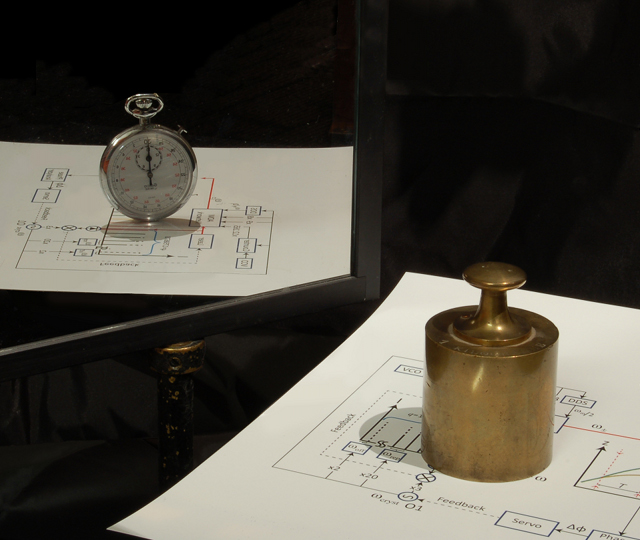Clock made from a single atom could lead to a precise mass measurement
Ars Technica » Scientific Method 2013-01-10

Most of the units we rely on are based on precision microscopic measurements—regular fluctuations in certain atoms define one second of time, for example. A major exception to this is the basic unit of mass, the kilogram, which is defined by a platinum-iridium cylinder in a vault in Paris, along with a number of supposedly identical replicas distributed around the world. The problem: these chunks of metal no longer are precisely the same mass, thanks to accumulation of surface gunk and tiny variations on the atomic scale.
A concept from fundamental physics may come to the kilogram's rescue. According to quantum physics, all matter behaves as a wave, vibrating at a set frequency proportional to its mass—if we measure the vibrations, we get the mass. Reliably measuring this frequency is a major challenge, however, since it is huge even for low-mass particles like electrons.
Shau-Yu Lan and colleagues exploited advanced techniques to construct an atomic clock based on a single cesium atom, a device capable of dividing the huge natural frequencies of the atom into more manageable quantities. This provided a strong demonstration of the ability to construct clocks based on a single microscopic mass. And, because we already have excellent clocks to compare them with, this can potentially work in the opposite direction, leading to accurate mass measurements in the future.
Read 7 remaining paragraphs | Comments